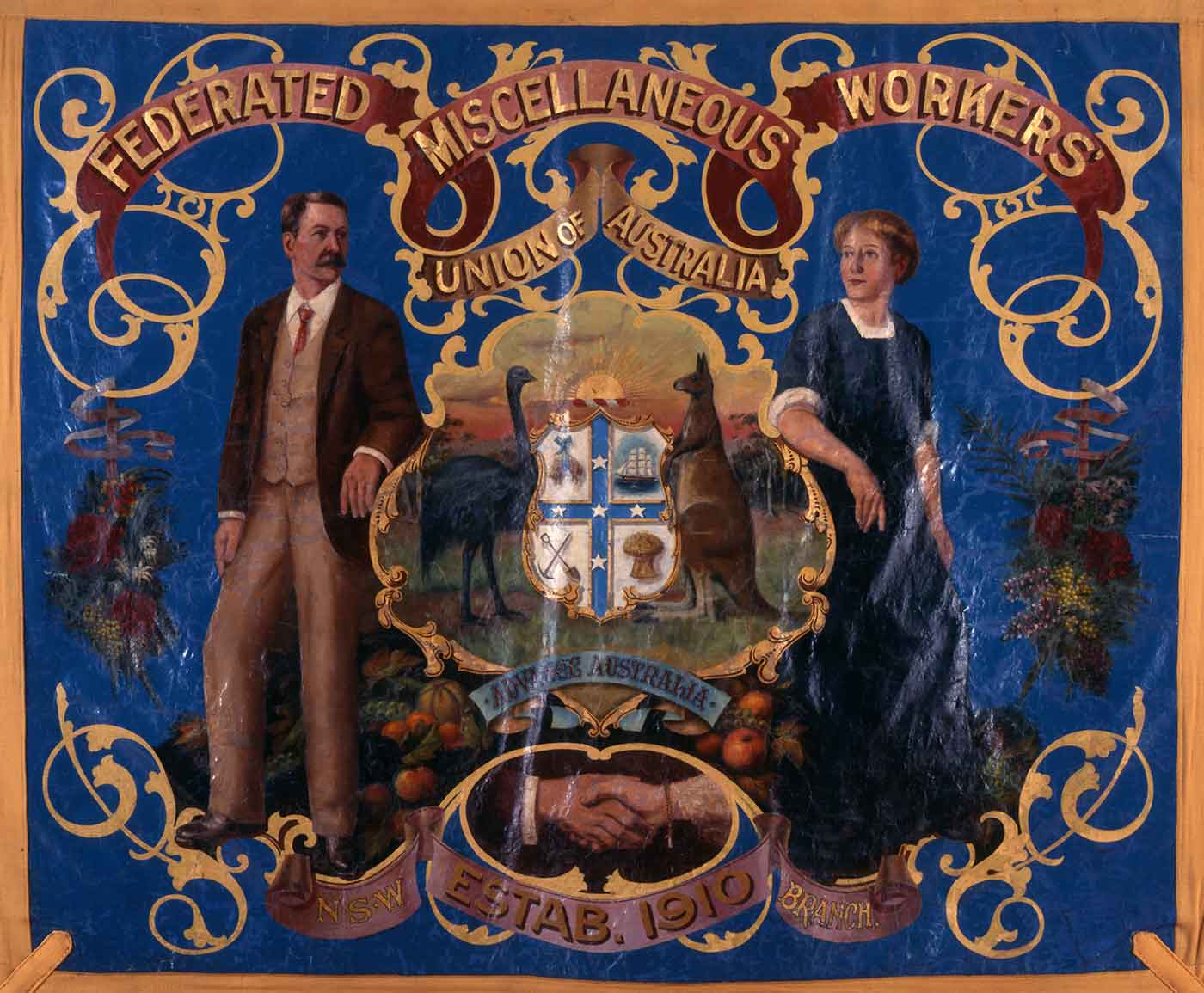Perth Daily News, 7 January 1913:
The latest unionistic scheme … provides for the amalgamation of such unions as the Australian Workers’ Union, the Australian Carriers’ Union, the Rural Workers’ Union, the Rabbit Trappers’ Union, and the Amalgamated Workers’ Association of Queensland … Many workers believe that a general union ... gives them greater power ... But it … is almost sure to be followed by a general union among employers, with the result that the relative powers of Capital and Labor remain as they were before.
With high tariffs to keep out cheap goods, the ‘White Australia’ policy to keep out cheap workers, arbitration to establish industrial awards, invalid pensions, a minimum wage and an eight-hour day, Australia was a ‘working man’s paradise’, compared with other nations, in 1913. But much work was still casual, physically demanding and poorly paid.
Mechanisation was replacing skilled artisans and, as more women moved into traditionally male occupations, they pushed wage rates down. Not only did employers strongly resist raising women’s wages, concerns were also expressed that such a move would draw women away from the home and cause the birthrate to fall further. Unions – and Australia was highly unionised – pursued a ‘family wage’ sufficient for a man to support his whole family, but most resisted women’s calls for fair pay.
You may also like
